About
Samurai Culture Experts
Samurai of Culture was created by a team of passionate individuals who believe that the unique cultural traditions found in regional areas hold real value for visitors to Japan. By getting away from the major tourist destinations and exploring regional Japan, travellers can have rewarding and enriching experiences, discover new, less touristy places, and get a deeper understanding of the way of life and culture of local people. Our team specializes in the development of traditional cultural experiences and has a diverse background in destination development, media, luxury accommodation, event planning, and more.
WHAT IS CULTURAL TOURISM?
Preservation of Important Traditions
Cultural tourism refers to travel that is motivated by a desire to learn about and experience the culture of a particular place. It can include visiting historical sites, attending cultural events, participating in traditional activities, and exploring local arts and crafts.
One of the main goals of cultural tourism is to preserve and promote the unique cultural heritage of a destination. It can provide economic benefits to local communities by supporting the development of cultural industries and attracting visitors who are interested in experiencing authentic cultural experiences.
Cultural tourism can also foster greater understanding and appreciation of different cultures, and can help to promote intercultural dialogue and exchange. It can provide opportunities for people to learn about the history, customs, and traditions of a place and to gain a deeper understanding of the culture and way of life of the local people.
One important aspect of cultural tourism is the responsible management of cultural heritage sites and the promotion of sustainable tourism practices. This includes ensuring that cultural resources are preserved and protected, and that tourism development is carried out in a way that is sensitive to the local culture and environment.
Cultural tourism can be a powerful tool for promoting social and economic development in local communities, and for fostering greater understanding and appreciation of different cultures. It is an important part of the tourism industry and can provide a rich and rewarding travel experience for visitors from around the world.
Why Samurai Culture?
The Way of the Sword and the Brush
The stoic samurai warriors of Japan have captured the public imagination for as long as we have known about the country.
Their razor-sharp swords, distinctive armour, and mysterious codes of conduct even influenced iconic Hollywood movies like Star Wars. But how much do we really know about the samurai and their way of life, and what lessons can we learn from this ancient warrior class?
The samurai appeared as a hereditary military class in the Kamakura period (1185-1333). Serving the Shogun, they were entrusted with the security of estates across Japan. Samurai were expected to be model warriors and citizens and set an example for the common people to live up to.
The cultural and martial arts were two wheels of a cart for the samurai, and it was inconceivable to practice only one without cultivating the other. The symbiotic relationship between the two not only developed individuals of great character and resolve, but also warriors with practical skills that could contribute not only to the defence of, but also the development of society.
For those of us today living in a busy modern society, studying the samurai mind can give us insights into our posture, attention, focus, and concentration, as well as fostering the determination needed to carry out our goals to the fullest. We can also appreciate their high sense of art, culture, and the natural surroundings that inspired them.
In Kagoshima, the samurai class accounted for 25% of the population, compared to only 5% for other domains. This large samurai population coupled with the 700 year influence of the powerful Shimazu clan led to the development of a unique culture and societal structure of the education of the sizeable warrior class. The Satsuma samurai were known for their discipline, martial prowess, and strict adherence to the codes of conduct laid down by their lord. They were also highly educated and skilled in the arts, and were known for their sophisticated and refined tastes.
It is for this reason that we chose to focus on the martial, cultural, and spiritual arts of the samurai and create Samurai of Culture to share this heritage with the world.
About our Logo
A New Approach to Tradition
Our logo is based on a kamon – a Japanese family crest. Instead of using the historic crest of the Shimazu clan we decided to create a new design taking inspiration from some of the cultural experiences included in this course.
The swallows are taken from the Jigen-ryu kata empi (literally: swallow’s flight). Empi is the first kata learned in Jigen-ryu, but it also contains all of the movements of the most advanced dan techniques.
The four half moon shapes are taken from the motifs found on either side of the strings on the body of Satsuma Biwa.
The interlocking “C” shapes represent the sukashi-bori openwork that Satsuma-ware pottery is famous for. They also represent “C” for culture.
Finally the centre of the design is intended to look like the cross in a circle kamon of the Shimazu clan – a design well known to everyone in Kagoshima, and representative of the 800 years of history that the influential family has in the region.
“Our mission is to provide the most authentic cultural experience for discerning travellers who wish to discover the remarkable regions of Japan while helping to secure their future. “
Our Team
We Are Here For You
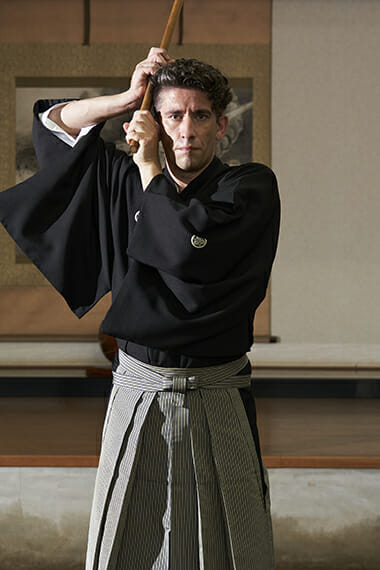
Alex Bradshaw
Alex Bradshaw has dedicated the last 25 years of his life to traditional Japanese swordsmanship, and has lived in Kagoshima, Japan, for almost 20 years. Fluent in Japanese, Alex has also spent years studying many other aspects of traditional Japanese culture. He has an in-depth knowledge of the history of the Satsuma region, particularly its traditional culture.
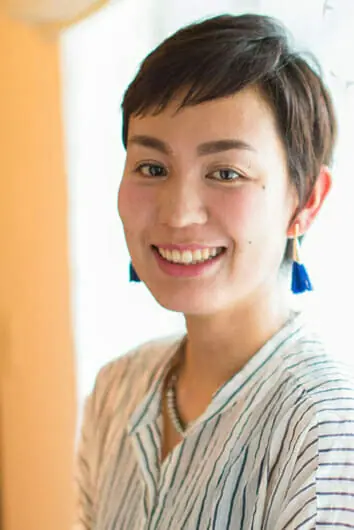
Chisato Bradshaw
Born in Kagoshima Prefecture. As a planning and operations manager, Chisato regularly organizes events. She works as a translator and writer, and has worked on a number of translation projects for both private and government sectors.She is currently focusing on inbound tourism development projects. In her private life, she is a voracious reader, reading over 200 books a year, and holds regular book readings in Kagoshima City.
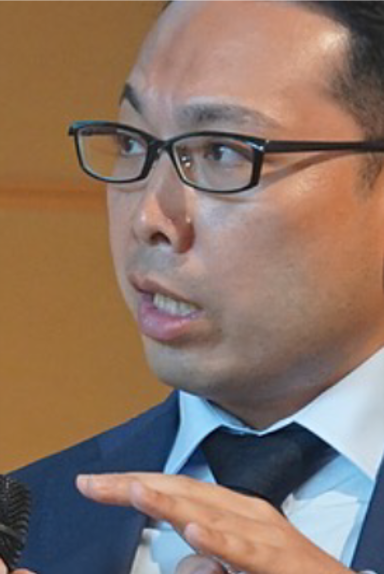
Muneyuki Okabe
With over 20 years experience as a TV journalist, Okabe has made some of Japan’s iconic documentary programs, including “Dawn of Gaia”, “The Non-Fiction”, and “The Scoop”. Okabe is owner of luxury hotel Zenagi, located in Nagano prefecture, and works as a consultant on regional development with a focus on tourism development.
Cultural Successors
Our Valued Partners
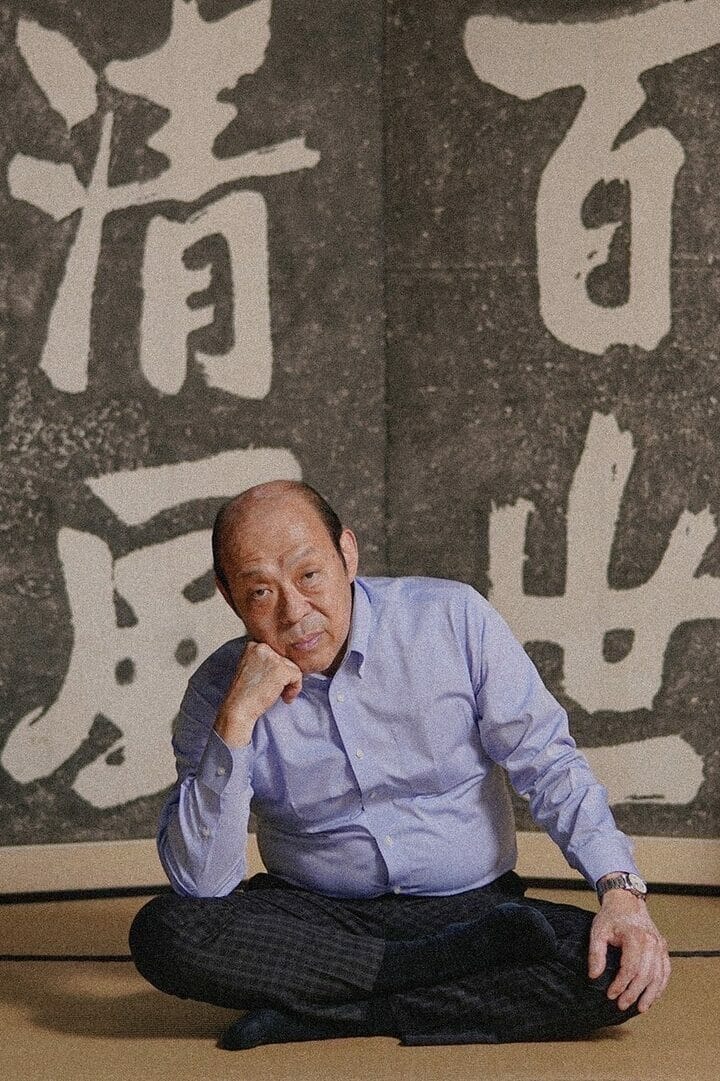
Chin Jukan XV
The fifteenth generation Chin Jukan is a Satsuma-ware ceramicist and owner of the Chin Jukan Kiln.
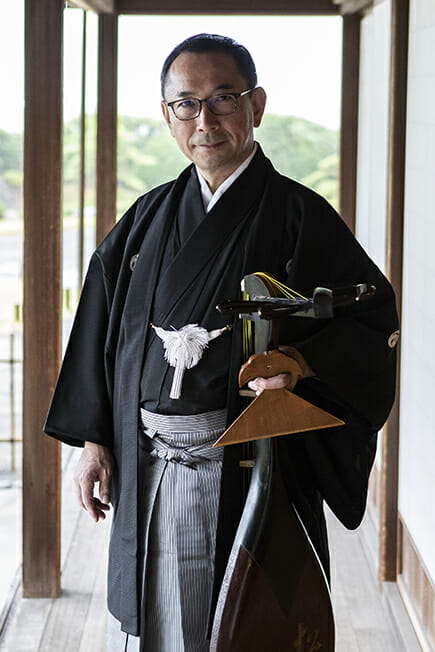
Yamashita Tsuyoshi
Chief Priest at Kagoshima Shrine, Yamashite Tsuyoshi is one of Japan's leading players of Satsuma Biwa.
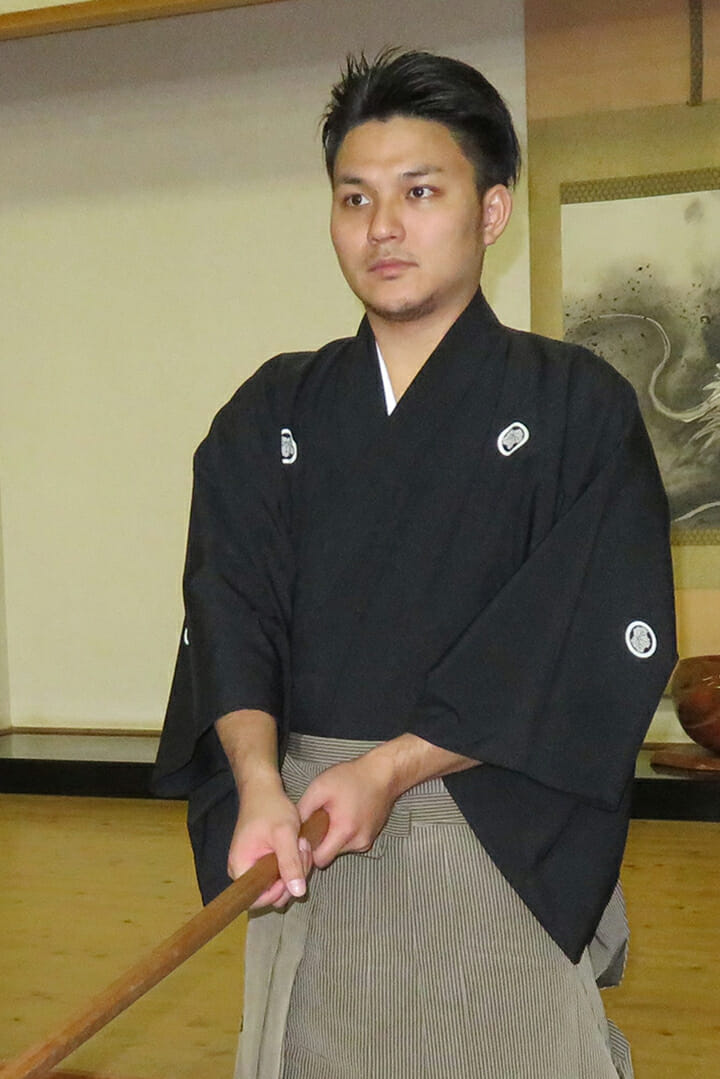
Togo Shigetaka
Thirteenth generation headmaster of the Jigen-ryu school of swordsmanship and Chairman of the Jigen-ryu Togo Foundation.
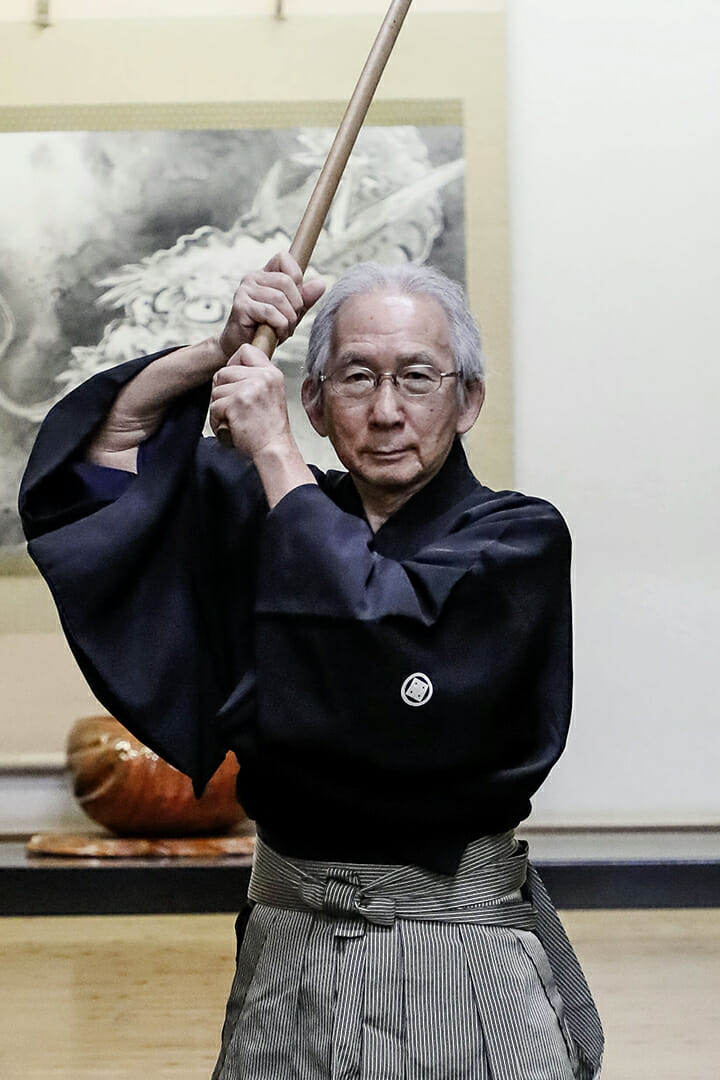
Arimura Hiroyasu
Both a tea master and master swordsman, Arimura Hiroyasu is the Museum Director of the Jigen-ryu Historical Records Museum.
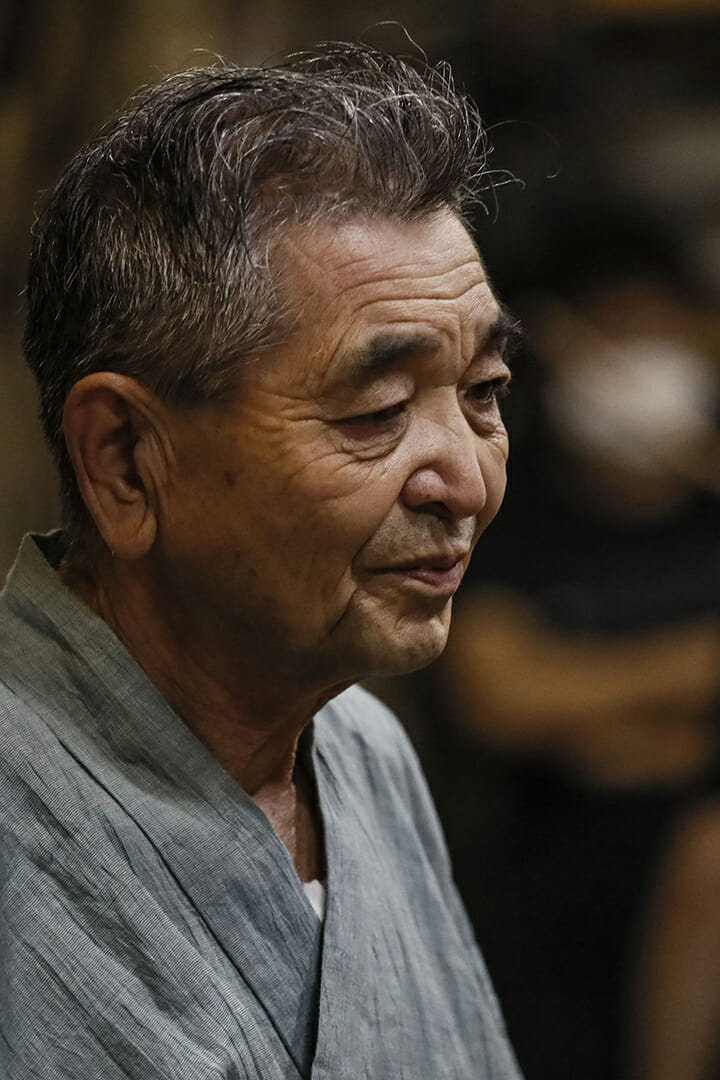
Shirasaka Koichi
Master swordsman, performer of shigin style poetry, and sushi chef, Shirasaka Koichi is a descendent of the samurai who escaped the Battle of Sekigahara with Shimazu Yoshihiro.
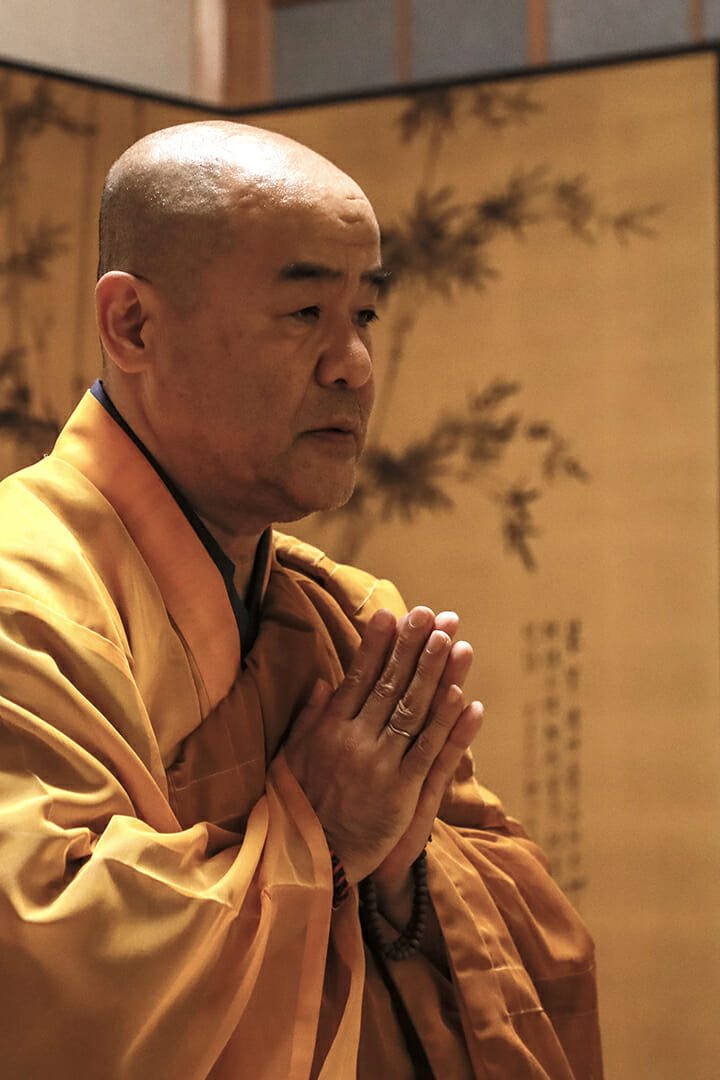
Shimotsu Jiryu
A monk in both the Jodo Shinshu and Shingon traditions, Shimotsu Jiryu is also a Jigen-ryu swordsman and a keen archer.